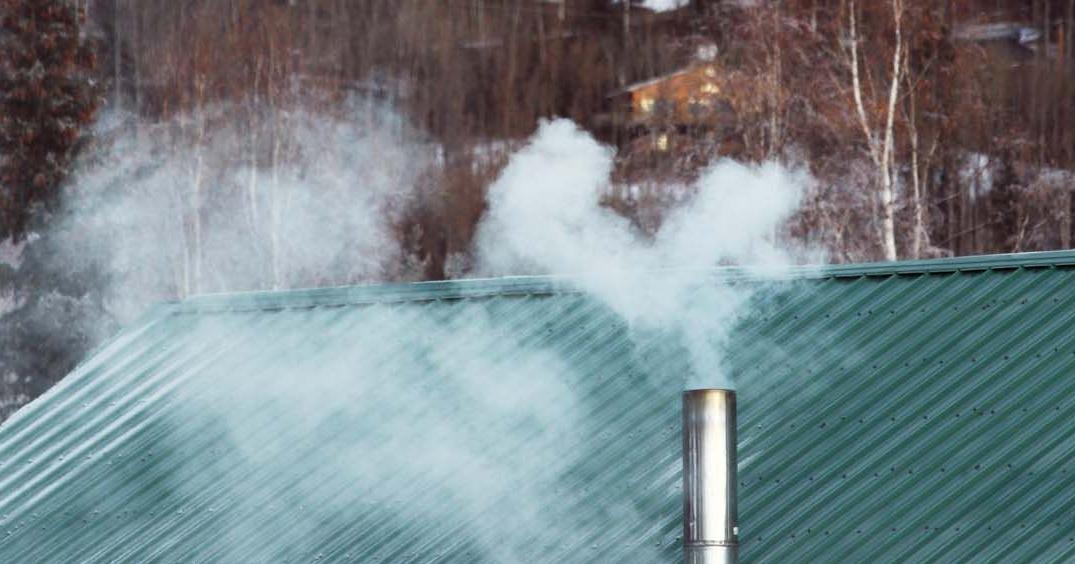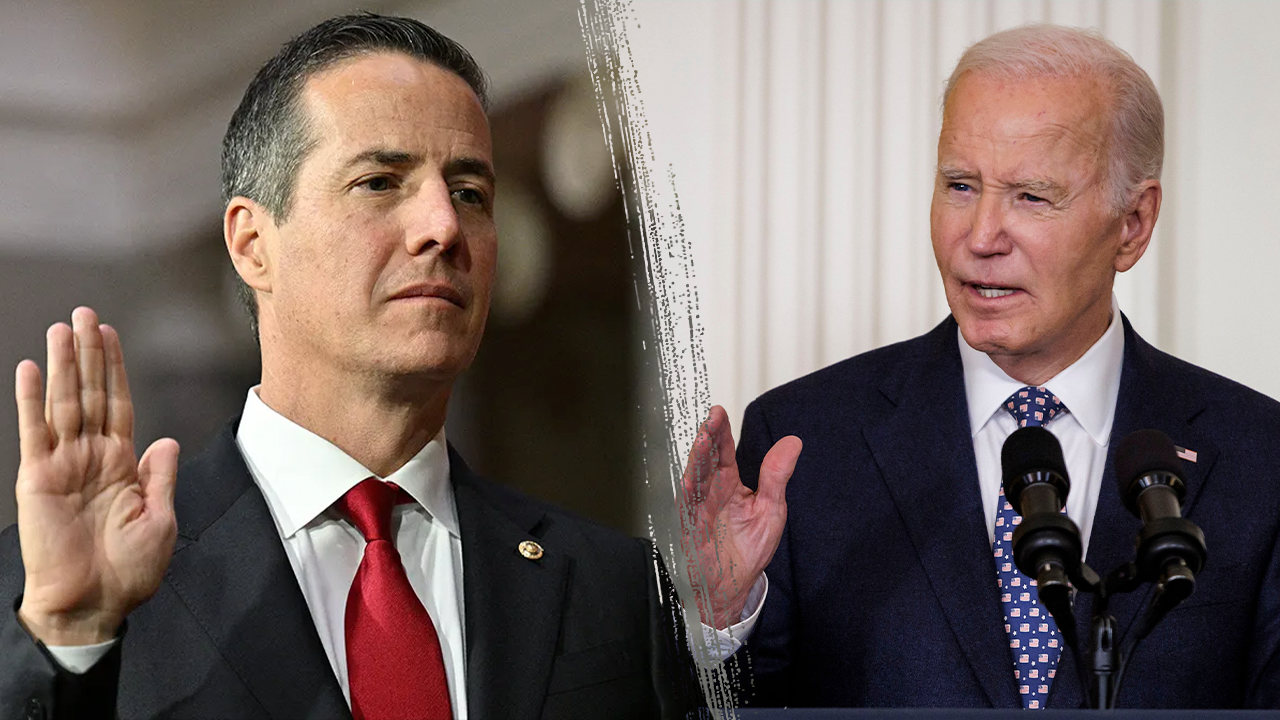The Karluk Tribal Council is offering expense-free living for a year to families with three or more children with hopes of reviving funding for its village school. Almost immediately, Karluk’s offer for expense-free living went viral on social media.
The Kodiak Island Borough School District closed Karluk School five years ago due to a lack of students. The council is soliciting for families to help the village meet the minimum 10 students needed to qualify for state education funds.
Kathryn Reft, Tribal Council treasurer/secretary, said the offer includes travel to Karluk, located off the road system on the remote southwest coast of Kodiak Island.
She said the response has been overwhelming. The council posted the offer on Facebook Tuesday morning, and within a few hours the post went viral. By Thursday morning, it had been shared more than 12,000 times.
“We’ve been slammed since we posted that, all day (Wednesday) we got calls, some from as far away as Florida,” Reft said. “I’m flabbergasted! Every time I hung up with one person another would call.”
Callers Thursday morning included the Washington Post, Reft said. “We definitely didn’t expect this. It’s amazing how many people in the Lower 48 want to get away.”
She said the council will eventually pick finalists and conduct interviews with families to find out if they are suited to village life. Karluk, population 27, has few amenities, no grocery store or operating health clinic and no village public safety officer. “We don’t want people coming here from the big city and getting culture shock and leaving.”
Reft said the tribal council will give special consideration to teaching families to help make re-opening the school easier, or families with health care backgrounds, to augment the village’s periodic visits from Kodiak-based health care aides.
The offer includes all living expenses paid for the year, free accommodations in a three- or four-bedroom home and employment or job training. Two contact numbers are listed, but each goes to a recording with a request not to leave a message, but rather to apply to the tribal council’s email address: karlukiracouncil@aol.com.
Even if the post draws the eight or more kids to Karluk, it’s not certain that a school will re-open there anytime soon.
The Kodiak Island Borough School District is responsible for operating Kodiak village schools. The Karluk school (and the school in Larsen Bay) closed in November 2018. Superintendent Cyndy Mika said even if the village grows its school-age population to the 10 or more required to re-open, that won’t happen this fall.
“It would be pretty darn impossible to re-open that school anytime soon. We have no staff, no curriculum, and the Karluk school isn’t in the (FY 2024) budget that we just passed.”
The district now offers distance learning for Karluk’s two school-aged children, providing laptops, an Internet connection and a part-time aide to help with lessons. But re-opening the school would require two full-time teachers, one for kindergarten through eighth grade and one for high school, a maintenance worker and a cook, each a difficult position to fill.
Mika said it can take a year to 18 months to successfully recruit and place a certified teacher with rural skills in a Kodiak Island village school. To add to the task, the district does not have teacher housing in Karluk.
“It’s really hard to find stable staffing for the village schools,” Mika said. “We feel like we are competitive as far as salary goes, but without housing it would be a tough sell.”
On top of that, Karluk’s school building is likely in need of work after nearly five years of minimal use as an ad-hoc community center. Kodiak Island Borough Manager Aimee Williams said the municipality, which owns the building, had been paying for heat and electricity at the school, but recently shifted that responsibility to the tribal council.
Williams visited the school during a recent trip to Karluk. “It’s kind of like a time capsule, the books are still on the shelves and the microscopes are still out. It’s sort of like a history exhibit.”
Williams said she can envision the borough transferring ownership of the property to the state of Alaska or the Karluk Tribal Council, but not before a needed soil remediation project, the result of a leaky underground fuel tank on the property, is done.
She said the dollar value of the building is uncertain due to its location and condition. “We really can’t say what the value is. The borough is interested in providing schooling for children, and we want the villages to thrive, so there are a lot of questions to work through here.”
Mika said she reached out to the Alaska Education Commissioner’s office Wednesday to find out how the process works to re-open a rural village school. She said she only heard about the campaign to re-open the school Tuesday afternoon, when a friend texted her an image of the village council’s Facebook post. Mika said she had not heard from the Karluk Tribal Council about re-opening the school.
Karluk is by far the smallest village on Kodiak Island, with just 27 residents, according to the most recent U.S. Census. It wasn’t always so. In 1890, the Karluk Spit was lined with canneries, and the village population of 1,123 was the third largest in the Alaska Territory.
Census Bureau populations of the other Kodiak Island villages include Old Harbor, 216, (school population 29); Port Lions, 170 (14); Ouzinkie, 109 (11); and Akhiok, 62 (14). The Kodiak Island Borough School District also operates the rural Chiniak School, which is on the Kodiak Road system, with enrollment of 14.
































